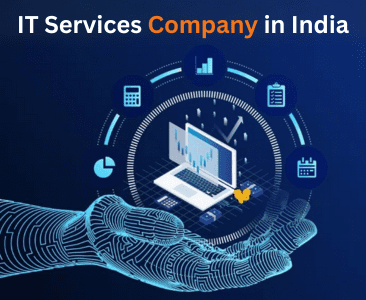Technology is the backbone of nearly every modern business. From communication to data storage, and from customer interactions to supply chain management, your operations depend on the smooth running of your IT infrastructure. But when problems occur, how do you know whether you’re facing a minor glitch or a serious business threat? Understanding when an IT issue crosses the line into a business risk can be the difference between a quick fix and long-term damage.
The Nature of an IT Issue
An IT issue can be as small as a software update failing or as complex as a company-wide network outage. At first glance, many appear to be isolated technical faults. However, because technology is deeply intertwined with your operations, even small disruptions can escalate if not addressed quickly. The challenge for business leaders is identifying the tipping point, the moment when a technical hiccup becomes a risk that affects customers, revenue, compliance, or reputation.
From Problem to Risk: The Tipping Points
Several factors determine when an IT issue becomes a business risk:
1. Duration of the Disruption
A minor email delay might not harm your company if resolved in minutes. But the same IT issue persisting for hours or days could block critical communication, cause missed opportunities, or frustrate clients. Time is a decisive factor; the longer the issue lingers, the greater the potential risk.
2. Impact on Core Operations
If a technical fault affects your core revenue streams, it’s not just an inconvenience; it’s a threat. For example, an IT issue in your e-commerce platform during peak sales hours can result in lost sales, reduced customer trust, and costly remediation.
3. Data Security Implications
Not all IT problems involve cybersecurity, but any IT issue that could expose sensitive customer or company data is inherently a business risk. Data breaches carry legal, financial, and reputational consequences that can last for years.
4. Compliance and Regulatory Requirements
Industries like healthcare, finance, and legal services have strict regulatory obligations. If an IT issue prevents compliance, for example, by disrupting secure record-keeping, the penalties can be severe. Non-compliance can lead to fines, sanctions, and loss of accreditation.
5. Customer Perception
Sometimes the technical impact is minor, but the perception is huge. If customers notice downtime, slow service, or glitches, they may question your company’s reliability. In the age of online reviews and social media, a visible IT issue can become a public relations problem overnight.

Examples of IT Issues Turning into
Business Risks
-
Retail Sector: A payment processing outage during holiday sales resulted in a retailer losing thousands of dollars in revenue within hours, as well as negative media coverage.
-
Healthcare: A server crash delayed access to patient records, leading to rescheduled appointments and potential compliance violations.
-
Finance: A minor IT issue in transaction verification escalated into a full system audit after suspicious activity was detected.
In all these cases, the problem started as a technical fault but quickly became a business-critical challenge.
Preventing Escalation: Proactive IT Management
The best way to stop an IT issue from becoming a business risk is to address vulnerabilities before they cause damage. This requires:
1. Regular Monitoring and Maintenance
Proactive monitoring tools can alert your IT team to unusual activity before customers notice anything wrong. Routine maintenance also reduces the chances of unexpected failures.
2. Incident Response Planning
A documented, tested incident response plan ensures your team knows exactly how to act when an IT issue arises. Quick decision-making and clear roles can limit downtime.
3. Employee Awareness
Many IT problems stem from human error, such as clicking a phishing link or misconfiguring a system. Training your staff on best practices reduces these risks.
4. Cloud and Backup Solutions
Reliable backup systems can restore functionality quickly after an outage, minimizing the time your operations are affected.
5. Vendor and Partner Management
If you rely on third-party systems, ensure they meet high reliability and security standards. An IT issue with a vendor can easily ripple into your business processes.
The Strategic Perspective
Executives need to understand that technology problems are not just an “IT department” concern. They’re business concerns. When leadership views IT as a strategic asset, not just a support function, it becomes easier to allocate resources for prevention, monitoring, and rapid response.
Board members and executives should regularly review risk reports from their IT teams, discuss worst-case scenarios, and invest in the tools and training necessary to prevent a technical fault from turning into a crisis.
Conclusion
In today’s digital-first business environment, technology problems are inevitable, but letting an IT issue spiral into a full-blown business risk is not. By monitoring systems proactively, preparing clear response strategies, and aligning your IT operations with overall business objectives, you can minimize downtime, protect customer trust, and safeguard revenue. The sooner you act on early warning signs, the less likely you are to face the high costs of operational disruption, compliance violations, or reputational damage.
Don’t wait for an IT issue to put your business at risk. At vGics Global, we specialize in turning potential disruptions into opportunities for resilience and growth. Our experts provide proactive monitoring, rapid response solutions, and strategic guidance to keep your operations secure and efficient. Partner with vGics Global today and turn technology into your competitive advantage.






















